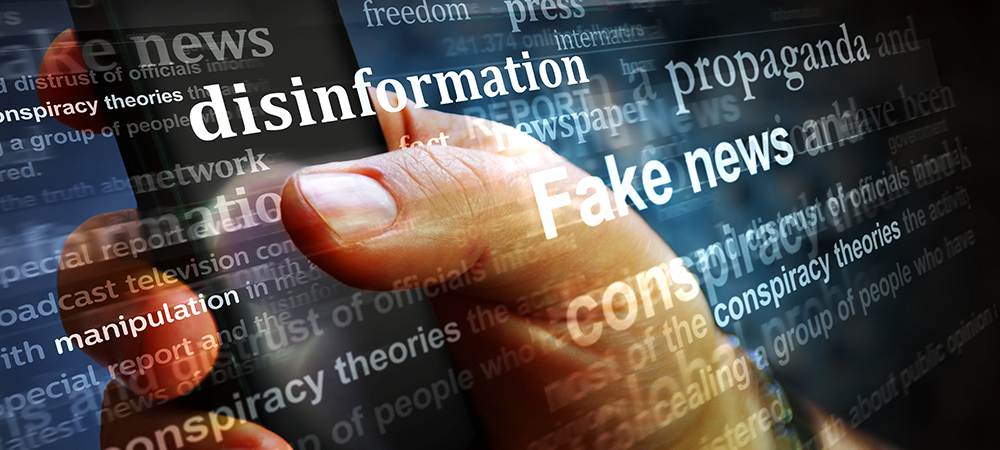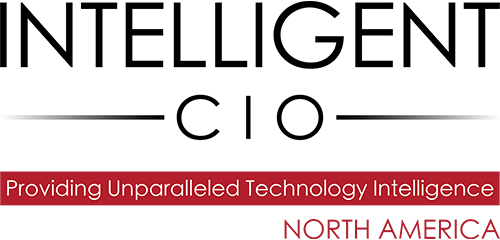Valimail’s Alexander Garcia-Tobar and Seth Blank outline a dramatic escalation in AI-fuelled disinformation and sophisticated cyber threats – especially during the US election.
With disinformation spreading more rapidly due to advanced AI tools, email authentication will become critical to safeguard against false narratives. The election season will likely see intensified information attacks, highlighting the need for stringent verification of digital communications. As cyber threats grow more sophisticated with AI advancements, robust authentication will emerge as a key defense necessary to discern real interactions from AI-generated deceptions. This evolving cyber landscape underscores the urgency of adapting security strategies to outpace these emerging challenges.
Alexander Garcia-Tobar, CEO and Co-Founder, Valimail
“In 2024, there will be an acceleration in disinformation, exacerbated by ongoing global conflicts and the growing availability of AI tools that will create and/or spread false narratives more rapidly and convincingly. This trend will be viewed against a backdrop of declining public trust in institutions, a phenomenon intensified by the US election year. With email being the primary communication tool used, validating sender authentication will become increasingly more important.
“2024 brings a national election, which will bring a heightened risk of targeted information attacks, especially given explicit warnings from foreign state actors about their intentions to disrupt or influence the electoral process through information warfare. With email and social networks as primary attack vectors, there will be an increased need to know the authenticity of the sender/originator of the communication.
“Email authentication will play a crucial role in maintaining the integrity of digital communications, especially as disinformation becomes more prevalent. Ensuring the authenticity of the sender will gain acceptance as a vital first step in building trust and accountability online. This will include the need for transparency in content creation, where the source or authorship of information must be verifiable, reducing the potential for impersonation and misinformation.”
Seth Blank, Chief Technology Officer (CTO), Valimail
“There will be a significant rise in the sophistication of cyber threats, primarily due to the advancement and widespread use of AI and generative AI. This will lead to an increase in the challenges in determining the authenticity of communications as AI technologies become more capable of imitating real human interactions. The potential for more realistic phishing attacks and the spread of disinformation, leveraging AI’s ability to mimic different personas convincingly, will be a part of this. It’s important to underscore that AI can be used not only for beneficial purposes but also maliciously, making it increasingly difficult to discern genuine communications from fraudulent ones. As email has been abused by generative content for decades, the ecosystem should look at email’s existing protections as a way to protect itself from the new threats of generative AI.
“Authentication will become the first line of defense against sophisticated cyber threats. And any communication lacking proper authentication will be treated with suspicion. This approach will become an accepted crucial measure in filtering out potential threats and reducing the risk of falling prey to AI-generated frauds or disinformation campaigns. Emphasis will be put on the need for more robust and sophisticated authentication mechanisms to keep pace with the evolving nature of cyber threats.
“With advancements in email security, particularly through stringent authentication requirements, there will be a shift in the threat landscape. As email becomes more secure and less susceptible to attacks, attackers will pivot to other, less secure communication channels, such as SMS, phone calls, and IOT communications. This shift will reflect the adaptive nature of cyber-criminals, who continually seek out the weakest points in the security infrastructure and highlight the ongoing challenge of maintaining a comprehensive security posture that evolves in response to the changing tactics of cyber attackers.”
Click below to share this article

